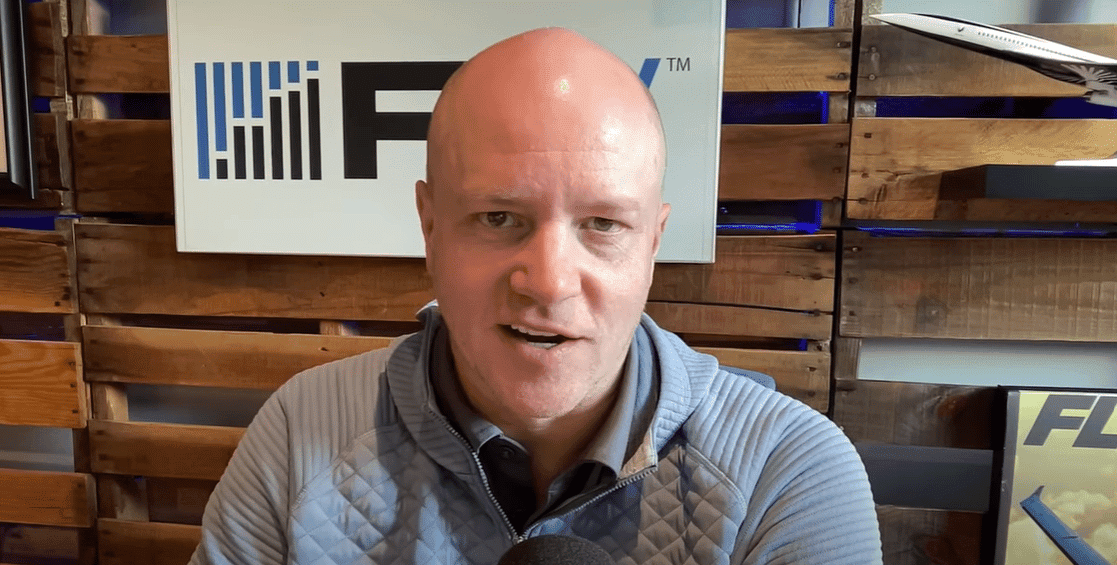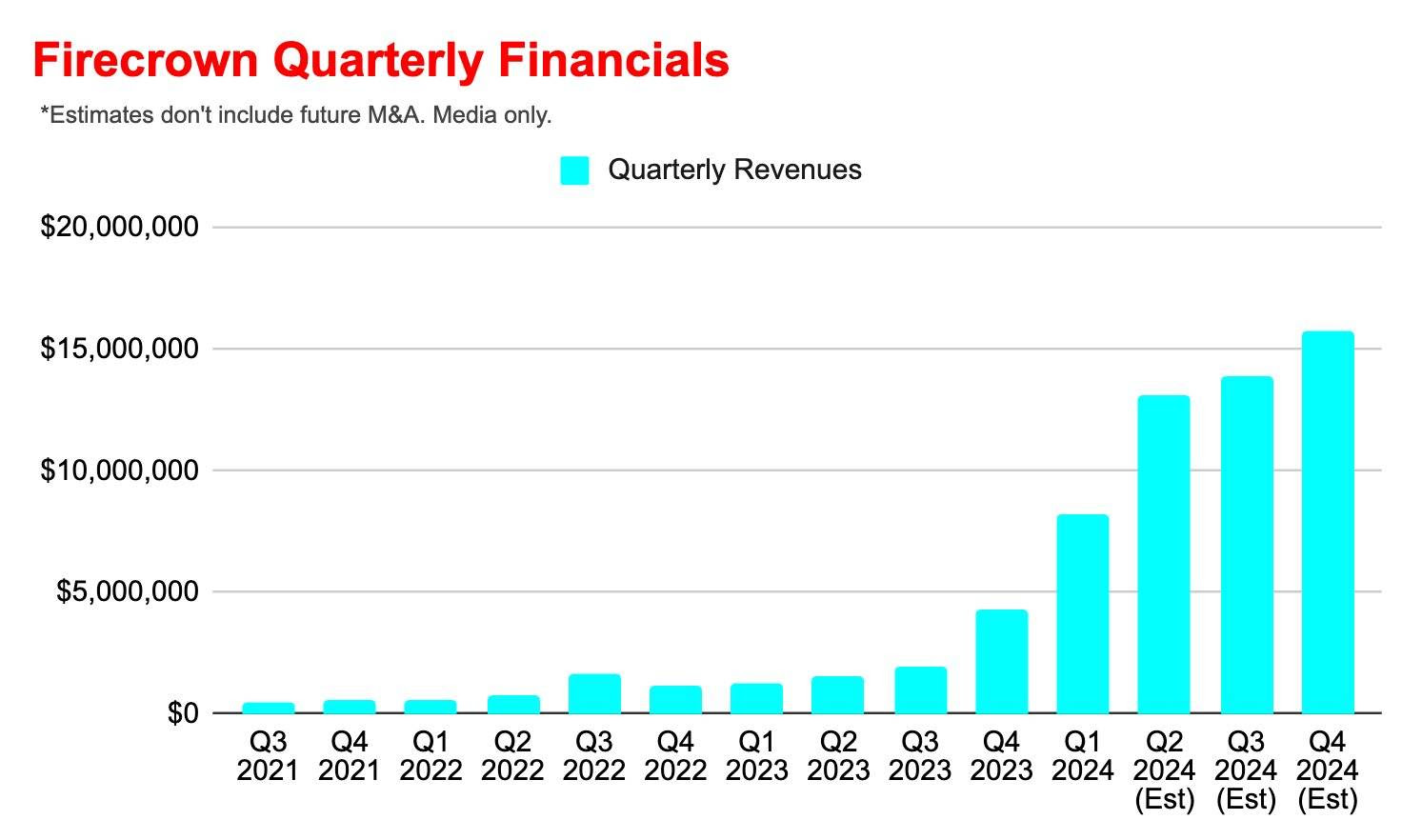🔑 How to dumpster dive in business acquisitions
Welcome to The Business Buying Academy with Sieva Kozinsky. Here's what we have in store for you today:
- Buy a business no one else wants
- Don't make this business buying mistake
- How a non-accountant bought an accounting firm
🔑 Buying businesses nobody wants
I want to tell you the story of a friend who's buying businesses.
He's not just your regular popular acquisition businesses.
In fact, he's doing the opposite.
He's finding businesses nobody else wants....
Last year, I chatted with my friend Craig about his strategy of buying up print magazine businesses.

Print is dying! No one wants to own magazines, many said.
But Craig disagreed.
He's purchased dozens of print magazine publications for dirt cheap.
And now his media business does $60 million a year in revenue with 18% EBITDA margins.
While they do well by selling advertising in his magazines, there was another reason to buy those businesses:
Access to a specific niche audience.
All of his publications cover transportation: he owns dozens of magazines that cover aviation, railroads, space, boats, and supply chains.
Before the internet, magazines were amazing businesses. They have a great connection with their audiences and a fantastic way for advertisers to reach a special interest. Magazines could monetize through recurring subscriptions, newsstand, and advertising.
The problem is that most magazine publishers continued to subsidize subscriptions yet made little investment in digital to fend off the inevitable deterioration in their business.
Investors became smart about the issue and shunned magazine M&A. Valuations collapsed and investments dried up. This created a death spiral for many of the magazine publishers.
But magazines are still good properties to own. Why? The audience.
- Craig Fuller on X
This strategy is called Content to Commerce.
It means, you build up a media business with an audience. You build trust with that audience. Then you have an opportunity to sell them high-margin products.
Other examples of Content to Commerce:
- HubSpot built a media, podcast and blog empire to sell their CRM software (they're a $28 Billion company now)
- Craig's other business is called Sonar and FreightWaves. FreightWaves is one of the leading logistics media companies, and his firm uses its authority to sell the Sonar software.
- Influencers like Kim Kardashian build a large audience through content, and then build companies like SKIMS on the back of that audience (currently valued at $4 Billion)
The growth of Craig's media business is impressive:

Check out this post by Craig for more details about the business.
Here are some other examples of why buying what no one else wants can be a game-changer:
- Marvel Entertainment In the late 1990s, Marvel was a struggling comic book company on the brink of bankruptcy, dismissed by investors as a relic of a fading industry. Toy company executive Isaac Perlmutter saw potential in Marvel’s vast library of characters. His group, Toy Biz, acquired Marvel out of bankruptcy in 1998. Marvel transformed into a cinematic juggernaut, with the Marvel Cinematic Universe generating over $30 billion in box office revenue since 2008. Disney’s $4 billion acquisition of Marvel in 2009.
- Apple’s Acquisition of NeXT When Steve Jobs’ NeXT was acquired by Apple for $429 million in 1997, it was a failing computer company with little market traction - hardly a hot commodity like most other tech companies. Apple, itself struggling, saw value in NeXT’s advanced operating system and Jobs’ visionary leadership. The acquisition brought Jobs back to Apple and provided the foundation for macOS, iOS, and Apple’s eventual rise to a multi-trillion-dollar tech giant. What seemed like a risky bet on an unwanted asset became one of the most pivotal deals in tech history.
- Berkshire Hathaway’s Textile Mills Warren Buffett’s 1965 acquisition of Berkshire Hathaway, then a failing textile company, is a classic example. In the early 1960s, textiles were a declining industry, and Berkshire was a struggling player no one wanted. Buffett bought it at a low price, using its cash flows to pivot into insurance and other investments. Although Buffett later said the investment in the textile business was a bad one, it served as a springboard to a much better business.
Lesson: Look in the areas no one else wants to see if there's a hidden gem. Maybe buying an unwanted asset can give you a unique advantage in another business you already own.
🔑 Don't make this mistake when buying a business
Buying a business without getting a quality of earnings report is like buying a house without a home inspection. You’re taking a big bet without knowing what you’re buying, and it could be a disaster.
Even if the seller gives you all their financial statements, they often have very bad bookkeeping.
So, what should be in your QOE and financial due diligence package? Here's what today's sponsor Appletree says about their QOE reports:
✅ Proof of Cash
Are revenues real? We rebuild the last 1-2 years using bank statements to verify that reported earnings arrived in the bank account.
✅ Addbacks That Actually Make Sense
We normalize SDE or EBITDA with logic, not wishful thinking. The hand-waving. No “adjusting away” real costs just to make numbers look better.
✅ Working Capital Analysis
Avoid the “Post-Close Surprise” where you’re suddenly short $150k in working capital. We calculate what the business needs to operate smoothly.
✅ Forward Looking Projections
We model post close cash flow and debt service coverage under flat, growth, and decline scenarios – so you know how risky the deal really is.
If you’re sending out LOI’s or nearing a deal, don’t go in blind. Talk to Appletree for a pragmatic, thorough Quality of Earnings report – built by people who’ve bought businesses themselves.
🔑 How a non-accountant bought an accounting business
Patrick bought an accounting business and tripled it. And he's not even an accountant.
He walked me through how he purchased his first business for $1.2 million, and how he found 2 more tuck-in business acquisitions.
We go over the wins, like how he's grown topline by 3.5x, and the losses, like how he lost 40% of revenue in one day on one of those tuck-in acquisitions.
Plus, he's a sponsor of this newsletter - and he's helped analyze the quality of earnings for businesses I've bought.

Have a great day,
Sieva
P.S. - Are you hiring? Get started with top global talent from Somewhere (I'm a customer and investor)
Disclaimer: nothing here is investment advice. Please do your own research. The information above is just for information and learning.

.jpg)